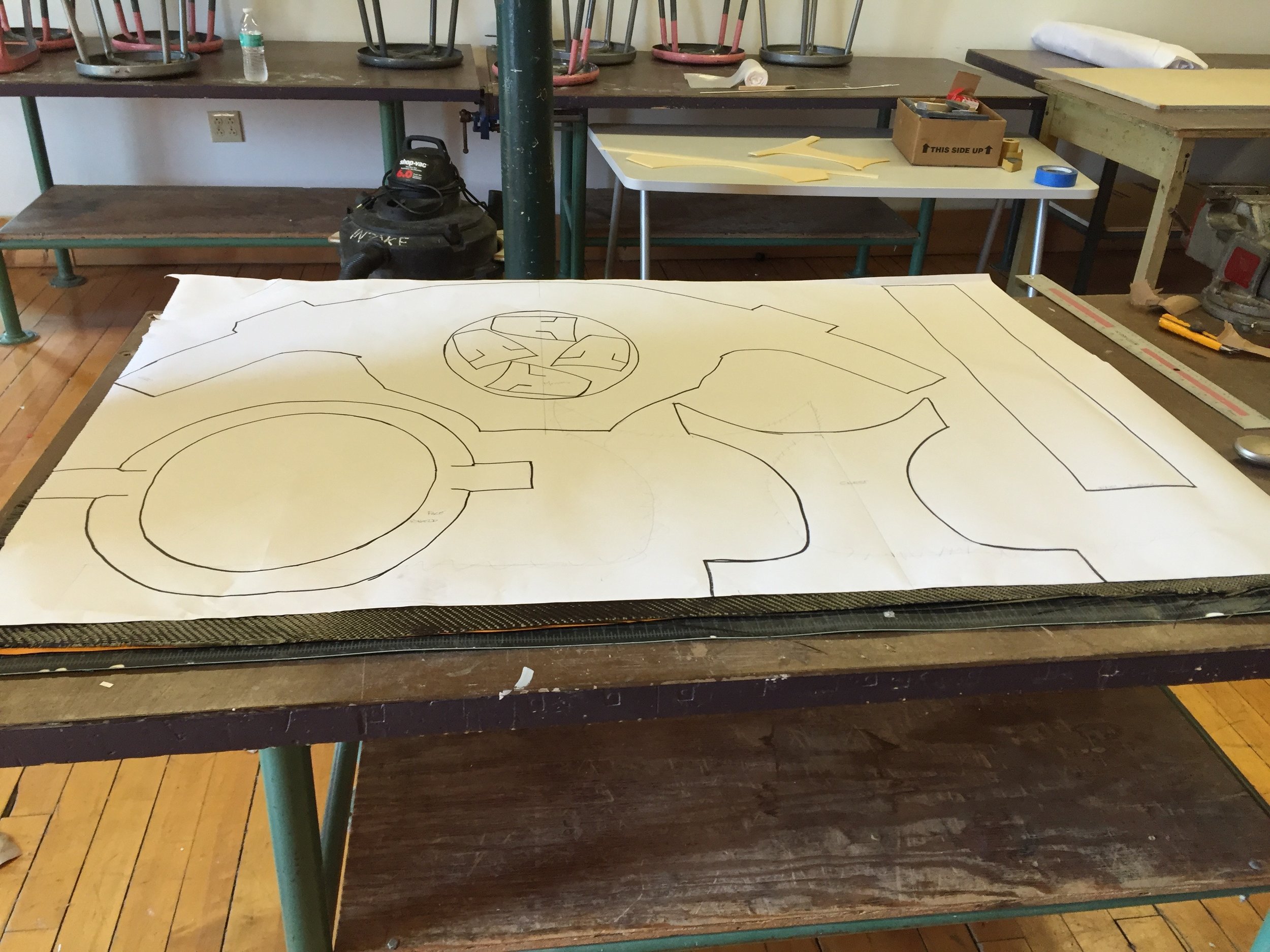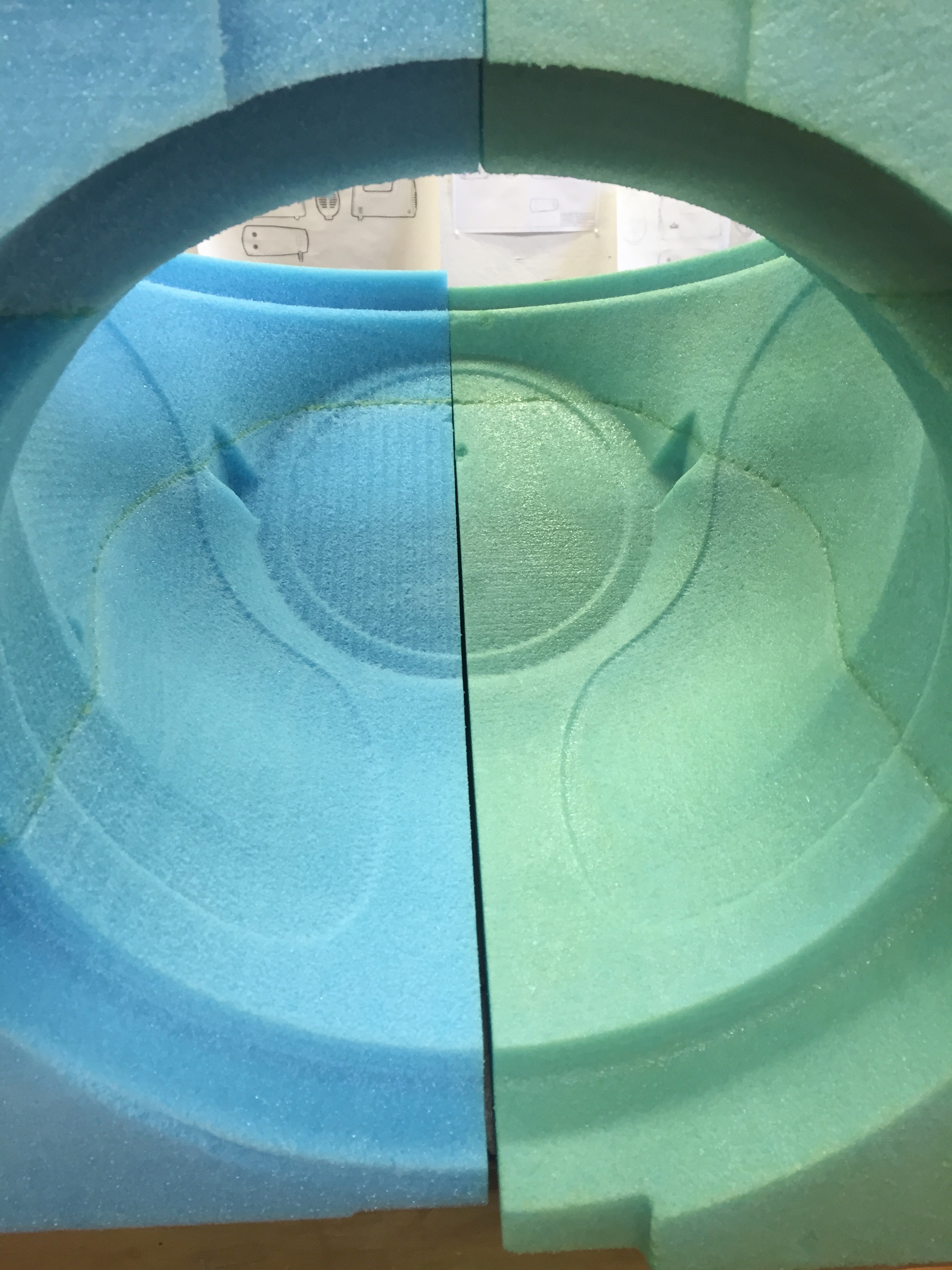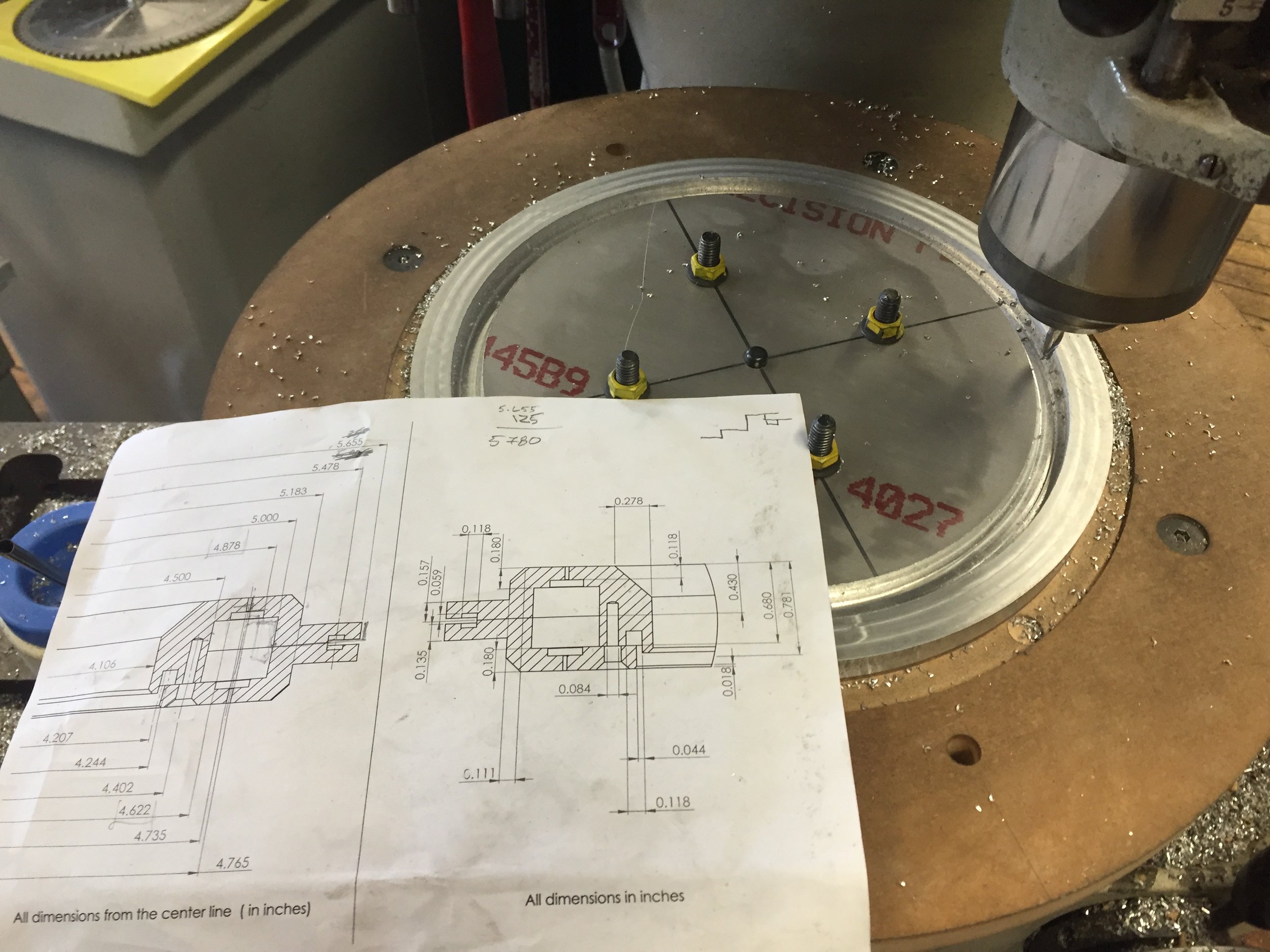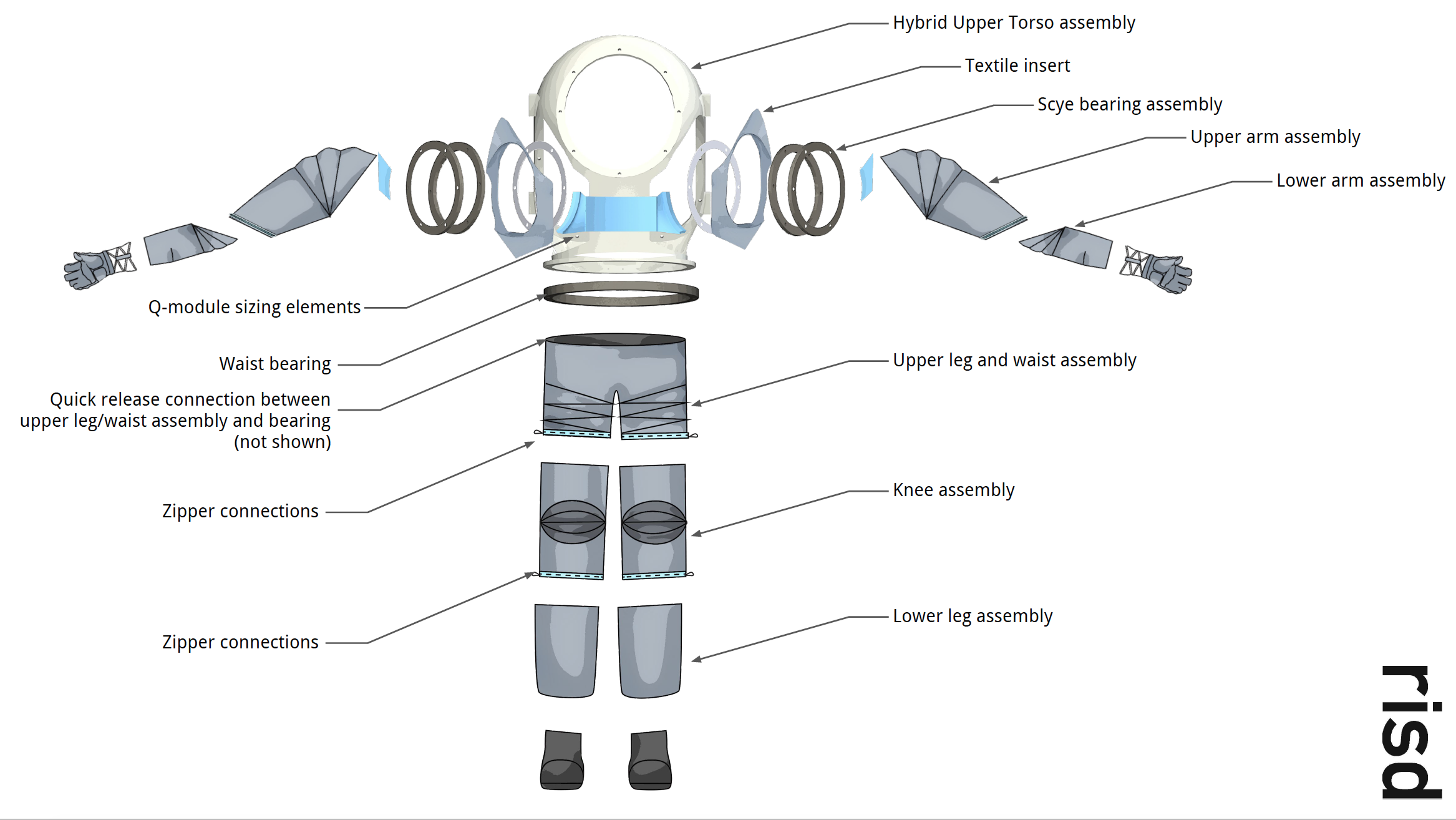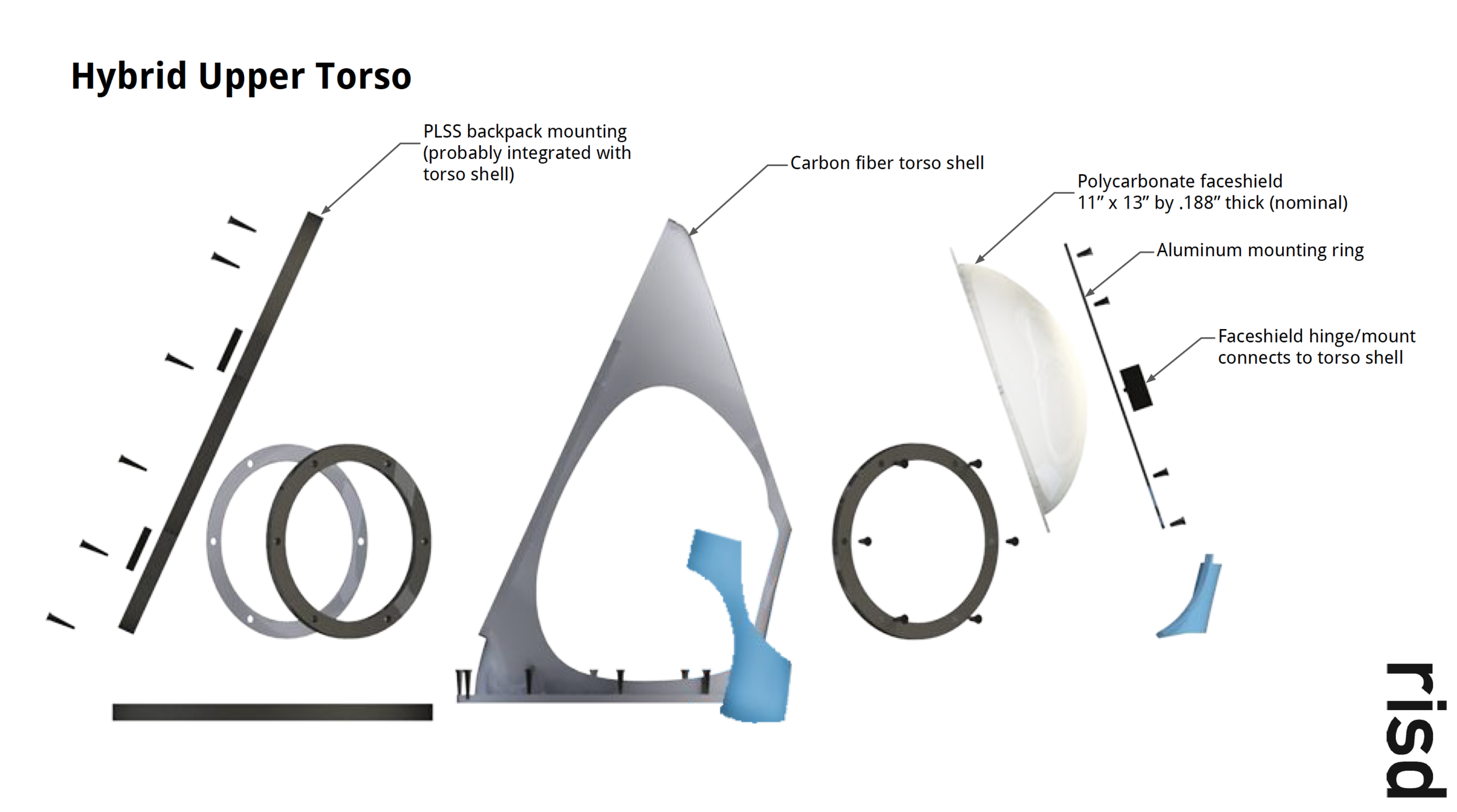Spacesuit simulation for the pre-Mars training purpose
Research Assistant for Michael Lye at RISD.
Creating realistic simulation of the spacesuit experience for the NASA HI-SEAS mission. We designed the suit that will provide astronauts in training on Earth with the feeling of being in space. Working on the suit was extremely valuable for my work because all people are disable in space – which makes spacesuit an ultimate assistive technology.
The challenge we were facing was that the suit needed to be adjustable to accommodate a testing crew of people of difference sizes. Below on the left you can see Andrzej Steward - Hi-SEAS crew member - wearing the suit, he is above 6 feet. On the right, you can see me wearing the suit, and I am slightly above 5 feet.
I worked on designing the suit, as well as building it.
Icelandic geologist Helga Kristín wearing the MS1 Mars analog spacesuit. (Image credit: Dave Hodge/Unexplored Media)
Source: space.com






